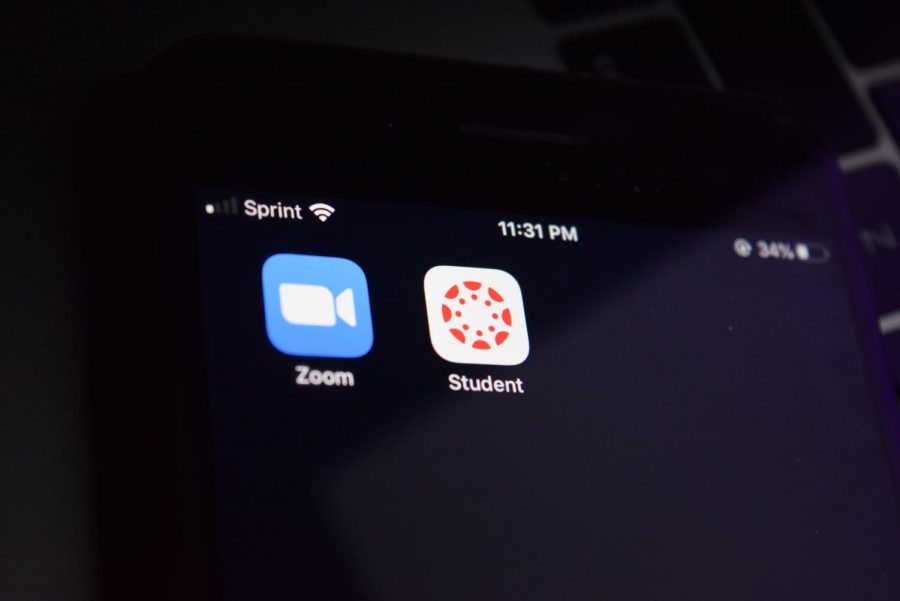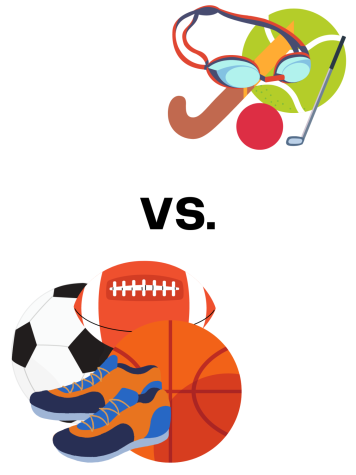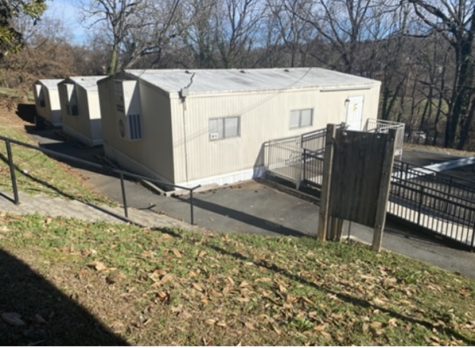Online school; Do students like it?
September 23, 2020
In March, large gatherings of people were strictly prohibited to slow down the spread of Covid-19. This meant that schools around the country would have to close. After months of quarantine, the virus was nowhere near to be under control. With a pandemic still on the rise, many schools around the United States have closed down and moved their classes online.
Students in Forsyth County started the school year on August 17th, expecting to join their classes without any problems. However, on the first day, this was not the case. Thousands of students across North Carolina logged onto their devices that Monday morning and tried to join their classes, but many students could not access their NCEDCloud, leaving many frustrated.
With this unexpected shift away from the classroom, many students expressed their opinions on what they think about it. Many take to social media to poke fun of online learning. Still, people are left wondering whether the adoption of online learning will continue to persist once this pandemic is over and everything is back to normal, and how such a shift would impact the lives of many.
“I wanna go back to school,” junior Sam Clark said. “I dislike online school because I can’t get the help I could get in person. Another thing is the social aspect, I’m not as talkative in online school because I don’t feel as comfortable to infringe if the whole class than in front of all my friends. Learning new stuff has been difficult, and I prefer face to face to I can ask questions to teachers without feeling nervous or uncomfortable that kids will laugh.”
This year the district acquired a new way of learning through a web-based software called Canvas. This system was introduced to ease the transition to online learning easier for teachers and students. The software is used to present teacher’s online learning materials for their classes. But, the problem with this is that students are not engaged in their learning. Instead, they just simply complete their assignments to earn credit to receive a passing grade, leading students to not fully grasp and obtain an understanding of what is being taught in class.
“Online school has been a little bit easier for me in terms of homework,” junior Finn Barksdale said. “Learning new stuff has been pretty difficult, and I’d much rather prefer face to face when presented with new concepts.”
Canvas was not the only new program that was introduced this year. The WSFCS district recently purchased the online video conferencing and online chatting service Zoom, which is primarily used for students’ synchronous learning time. The introduction of this online service requires students to have an electronic device and a reliable internet connection. Even though students meet these requirements, they still experience problems like lagging in and out of the call or freezing, making it hard for them to follow along the course, and their learning experience becomes problematic.
“I have had a lot of issues dealing with zoom calls,” sophomore Abby Pattillo said. “For example, Zoom, even though my internet is secure, it kicks me out of class! It is very unfortunate.”
With online learning, there seem to be more problems besides technical ones. At home, students face a lot more distractions than at school. Possibly they may have a younger (slightly annoying) sibling, loud neighbors who enjoy mowing their lawns, or very loud pets. However, the biggest distraction of them all is their phones! Since students are at home, there is no one telling them they cannot use it. Even if they are caught using it during class, what are they going to do? Take away from their phones? I do not think so. This dilemma is something a handful of students struggle with.
The transition from face to face to online schooling has dramatically changed for both teachers and students. It is an unexpected change that many are not used to. The effectiveness of online schooling is questionable, as well as the structure. This change has been the stem root of many different problems, which affect the learning of the next generation of students and their well being.













